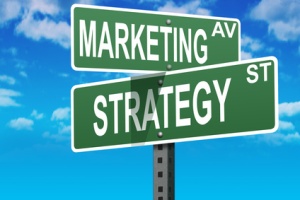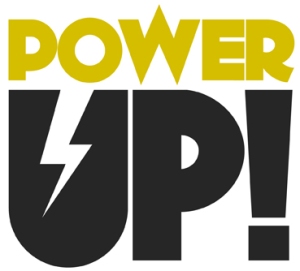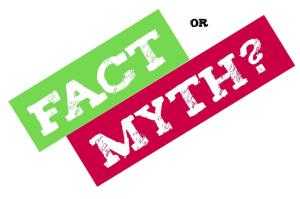Marketing is any contact that your business has with anyone who isn’t a part of your business. Marketing is also the truth made fascinating. Unfortunately, often it’s not the truth and it’s anything but fascinating. Marketing is the art of getting people to change their minds.
Many business owners think marketing is a bunch of things that it isn’t. Let’s examine the silliest of them:
Marketing is not advertising. Don’t think that because you’re advertising, you’re marketing. There are more than 200 forms of marketing. Advertising is one of them. If you’re advertising, you’re advertising. You’re doing only one half of 1 percent of what you can do.
Marketing is not direct mail. Some companies think they can get all the business they need with direct mail. Mail-order firms may be right about that. But most businesses need a plethora of other marketing weapons for their direct mail to succeed.
Marketing is not telemarketing. For business-to-business marketing, few weapons succeed as well as telemarketing. Telemarketing response can be improved by augmenting it with advertising. But don’t kid yourself. Marketing is not telemarketing alone.
Marketing is not brochures. Many companies rush to produce a brochure, then pat themselves on the back for the quality of the brochure. Is that brochure marketing? It’s an important part when mixed with 10 or 15 other very important parts, but by itself? Forget it.
Marketing is not the phonebook. Many companies run a phonebook ad and figure that takes care of their marketing. In 5 percent of the cases, that’s the truth. In the other 95 percent, it’s a disaster of marketing ignorance.
Marketing is not show business. There’s no business like show business, and that includes marketing. Think of marketing as sell business, as create-a-desire business, as motivation business. But don’t think of yourself as being in the entertainment business, because marketing is not supposed to entertain.
Marketing is not a stage for humor. If you use humor in your marketing, people will recall your funny joke, but not your compelling offer. If you use humor, it will be funny the first and maybe the second time. After that, it will be grating and will get in the way of what makes marketing work–repetition.
Marketing is not an invitation to be clever. If you fall into the cleverness trap, it’s because you don’t realize that people remember the cleverest part of the marketing even though it’s your offer they should remember. Cleverness is a marketing vampire, sucking attention away from your offer.
Marketing is not complicated. It becomes complicated for people who fail to grasp the simplicity of marketing, but marketing is user-friendly to guerrillas. They begin with a seven-sentence guerrilla marketing plan, then commit to that plan. Not too complicated.
Marketing is not a miracle worker. More money has been wasted by expecting miracles than by any other misconception of marketing. Marketing is the best investment you can make if you do it right, and doing it right requires patience and planning.
Marketing is not a website. And if you don’t know marketing in the first place, you’re going to lose a lot of money online. The web helps with the job, but it’s not the whole job.
Marketing is an opportunity for you to earn profits with your business, a chance to cooperate with other businesses in your community or your industry and a process of building lasting relationships.
Now, like the guerrilla, you know what marketing is and isn’t and you can make it work a lot harder for you.
Article by Jay Conrad







